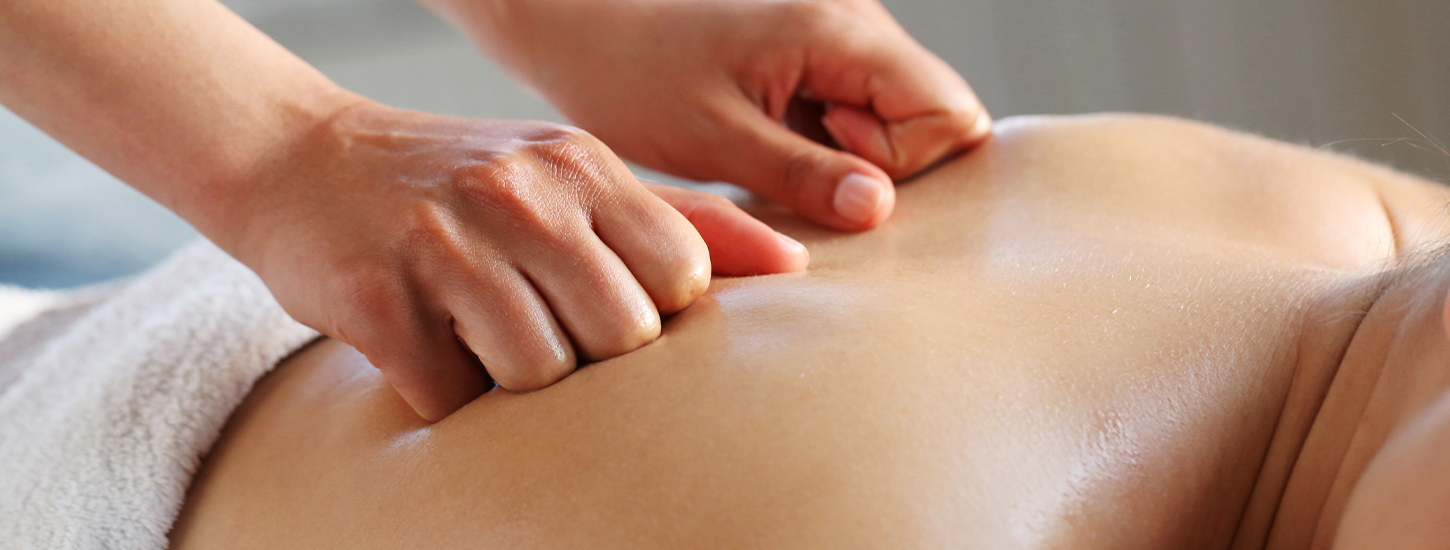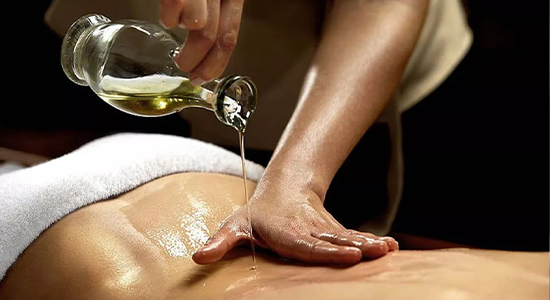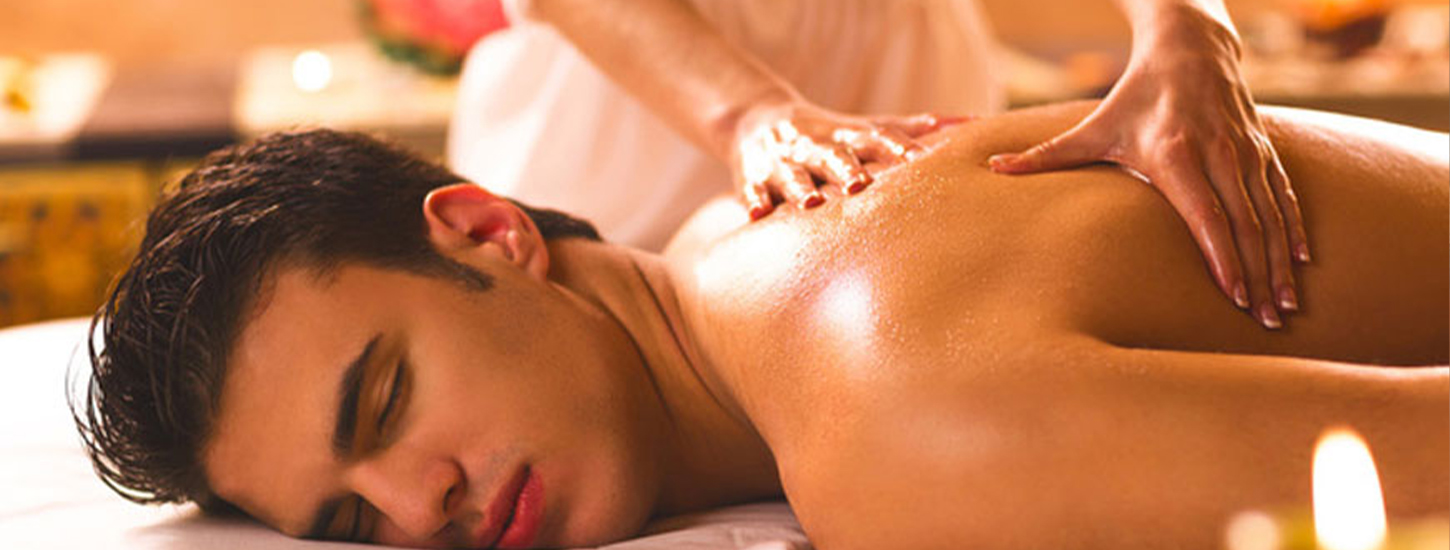
Abhyanga


Abhyanga is a massage that's done with warm oil. The oil is applied on the entire body, from the scalp to the soles of your feet. It's the most popular massage in Ayurveda, a traditional system of medicine from India
Abhyanga
Abhyanga is a massage that's done with warm oil. The oil is applied on the entire body, from the scalp to the soles of your feet. It's the most popular massage in Ayurveda, a traditional system of medicine from India. Ayurveda focuses on maintaining health through natural practices like massage and what you eat. The general rule of thumb in an abhyanga is to use long up-down strokes on the limbs and circular strokes on the joints. A continuous pulling stroke is used for fingers and toes. Circular strokes are usually done only clock-wise.


Benefits of Abhyanga
Nourishes the entire body—decreases the effects of aging, Imparts muscle tone and vigor to the dhatus (tissues) of the body, Imparts a firmness to the limbs, Lubricates the joints, Increases circulation, Stimulates the internal organs of the body, Assists in elimination of impurities from the body. Traditionally, sesame and coconut oil have been used in India for thousands of years for daily self-abhyanga. Coconut oil is fundamentally cooling to the system and best for late spring, summer and early fall days, as well as individuals with excess heat in the system. Although in Ayurveda, an ideal routine includes abhyanga in the morning when getting ready for the day, it can be done at any other time as well. For some people, a Vaidya (Ayurvedic doctor) will prescribe abhyanga at night-time instead of in the morning.


